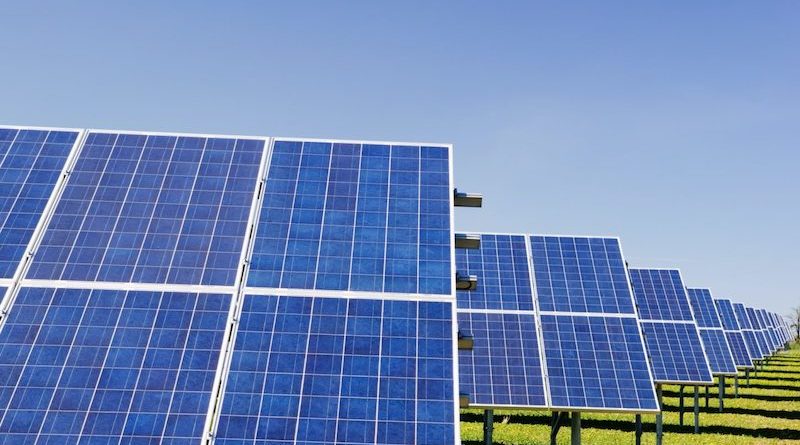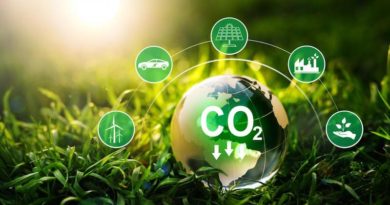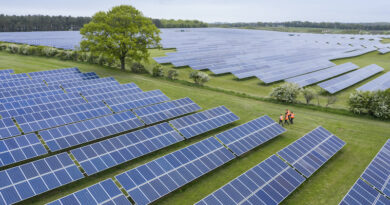
Europe’s energy requires both sustainability and flexibility: perspectives from the Bio-FlexGen project
Here in Sweden, just under 70% of the country is covered by forest, according to World Bank figures.1 Paired with our forestry industry, it means that we get a lot of biomass waste. Over the years we have begun using those harvesting residues for energy without cutting down any additional trees.
According to a report by the International Energy Agency, around 60% of both Sweden’s and the EU’s renewable energy comes from biomass. The report also mentions that at the moment around 80% of our bioenergy comes from solid biomass.2
Compared to other European countries this source of energy has been established for many years, especially for district heating. Alongside wind energy its role will only increase in the years to come, especially as we move away from nuclear energy.
Although other countries don’t talk that much about bio power, it’s difficult to imagine the energy transition without it, especially since it’s faster to build a biomass plant compared to building new nuclear plants.
While investment in renewable energies from solar and wind are always welcome, their ability to supply energy still fluctuates with the weather.
For a couple of years we have been talking about how renewable energy can be more reliable, flexible, and cost-effective. How quickly can we adjust to changing demand and prices when using biomass to produce power? That’s been our goal in the Bio-FlexGen project for a while now. We have this innovative combined heat and power plant (CHP) technology that is very efficient. The plant can be run on both the aforementioned biomass and hydrogen that comes from renewable sources, such as wind or sun.
Our sister project EUCANWIN developed a combined gasification and gas turbine technology.3 The gasification process in this technology is nothing new, rather it is much more efficient. We will get up to 60% power and 50% heat in our CHP, whereas in conventional technologies you usually get 25 to 30% power, and the rest is heat.
The plant’s gas turbine combustion system can then adjust to changing compositions of bio-syngas and hydrogen whenever needed. This means the plant can use both hydrogen for fast dispatch and biomass for low operating costs over time.
That’s the main goal; to be able to use hydrogen if we want to get fast power production and to produce hydrogen in certain times of the year if we have low prices.
Part of its flexibility comes from the four modes of energy it can flexibly generate for the broader energy system or industrial applications: electricity, heat, hydrogen and CO2.
But this ‘bio-CHP’ plant is designed to work beyond northern Europe. Although we are first focusing on low quality sorted wood waste as an energy source, in the long run we will focus on blends of agricultural residues (e.g leaves and stems) which are more abundant in southern Europe.
Research from the EU’s Joint Research Centre shows that of the 956 million tonnes of annual agricultural biomass production in the European Union, around 46% are considered residues.4
Our goal in the Bio-FlexGen project is to harness this agricultural residue to create energy, and so bring it into the circular economy.
I think it will be more and more important that we as Europeans use this type of technology to make our energy both more efficient and more flexible, especially now as we develop other sources such as wind power. Biomass plants need to be flexible to be able to adjust to these fluctuations that we will get from other sources.
I think it’s a pity that the opportunities for biomass are not often discussed in other areas of Europe. We are desperate to get rid of fossil fuels and to do something about the gas situation but it’s still not often actually mentioned that we can actually grow our bioenergy potential through biomass.
Part of the Bio-FlexGen project involves examining how these plants can adapt to the energy system. This includes examining if the bio-CHP plant is economically feasible and if the technology is ready to be applied to the energy-extensive industry and the energy grid.
Fortunately the prices of biomass for energy have also been very stable for many years, except for some minor fluctuations. Instead the problem is the electricity production, which has been quite difficult to make economically feasible because of the low prices on electricity. Conventional bio-CHPs have not during historical price conditions been cost-effective when they are not supplying heat. But if the electricity prices increase, it will be more interesting to also build these bio-CHP plant.
If policymakers decide to put taxes on bioenergy it will be very difficult for producers to recognise bioenergy as an economically-viable renewable source. Of course if there will be demand for more electricity and the prices increase, I think there is a chance for this technology to reach its potential.
At the moment we are testing our technology in a small pilot plant in Sweden. One of our partners is the biomass generation company Phoenix BioPower, who is working with us to develop a 25 megawatt bio-CHP plant which they envision will be close to becoming a commercial technology and is planned to enter commission sometime in 2028-2029.
As a researcher who has spent many years researching biofuels, it’s exciting and interesting to work with our partners to have this technology enter the commercial phase. We aim to have this technology to be used throughout Europe so that Europe’s energy mix will become truly sustainable and flexible.
____________________________________________________________________________________
1 – Forest area (% of land area) – Sweden (World Bank)
2 – Implementation of bioenergy in Sweden – 2021 update
3 – EUCANWIN.com




